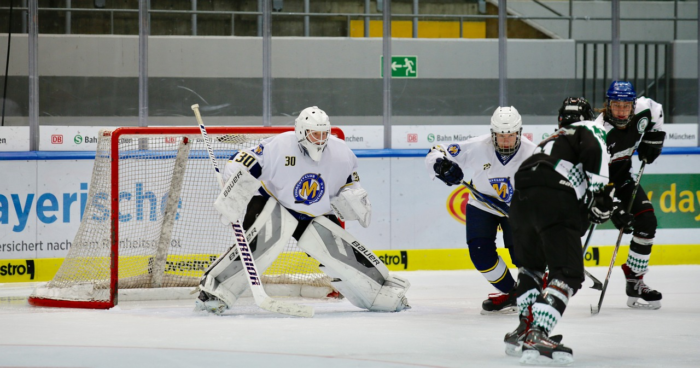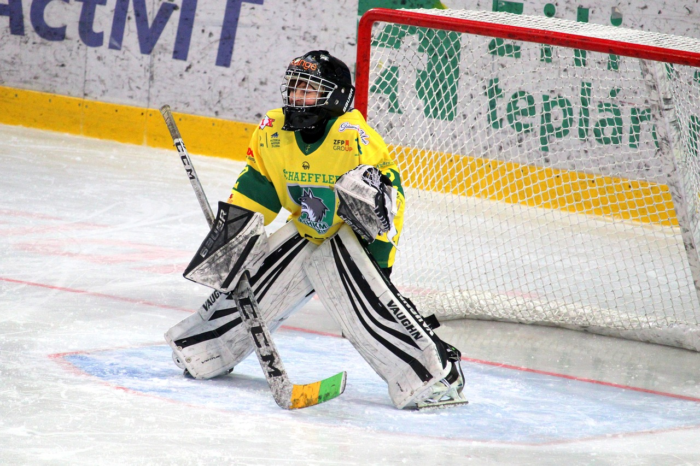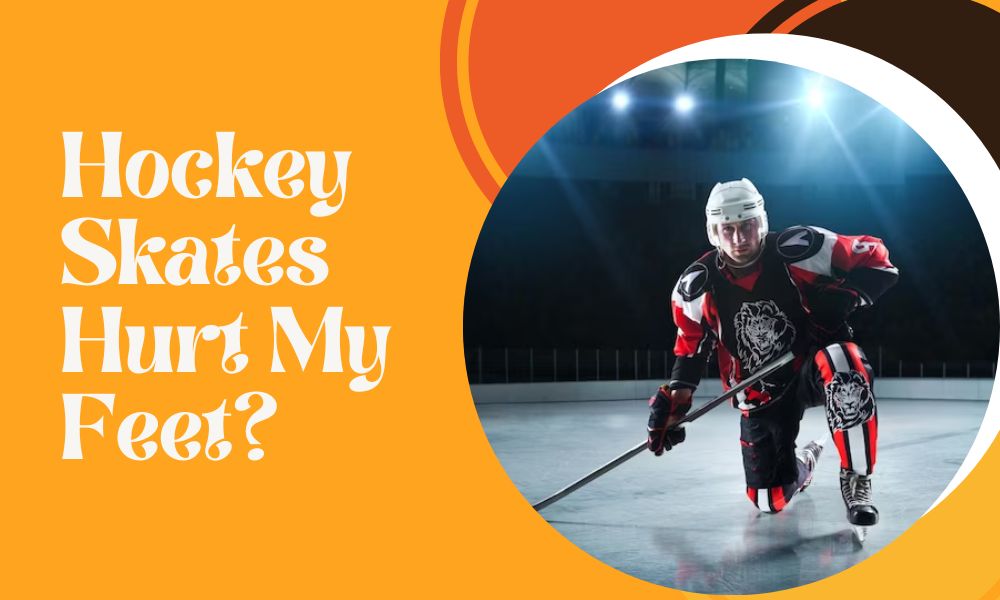With more than 551,000 registered hockey players in the US and more than 30 million people playing and participating in Hockey all over the world, it’s safe to say it is one of the top sports in the world. Hockey being a big sport and as popular as it is, it poses its own set of problems. Whether you are a novice or a skilled player, pain in the feet during and after skating is a prevalent issue, even more so for beginners, and, in this article, we’ll look more into it.
Why do the skates hurt your feet?
There can be several reasons for the skates to hurt your feet. Let’s look at some of the most prominent ones:
Wrong size and fit
The most common issue is ill-fitting skates. We might overlook important factors while buying skates. The feet’ width, arches, and consistency between the left foot and the right must be accounted for while buying new shoes.
Improper lacing techniques
Properly fitted and tight laces improve the comfort and grip our skates get on the ice and minimize the internal movement of your feet inside the boots. Improper techniques make us prone to foot injuries, lingering pain, and accidents.
The skates aren’t broken in
When using new skates, we must take time to let our feet get used to the shape of the skates and for the skates to get used to their feet. Many novices overlook this crucial fact and begin skating like usual after buying a new skate, which leads to discomfort in their feet.
Inadequate warm-up and excessive time on ice
While warming up to increase the blood flow in our feet is good and skating is highly enjoyable, warming up too little or spending too much time on ice can both be reasons for your feet to hurt.
Is it normal for hockey skates to hurt your feet?

Yes, experiencing pain and discomfort in new skates is normal and is observed very frequently. Giving time for the skates to conform to the shape of our feet, also called breaking-in, is crucial when handling a new pair of skates.
But, if the pain lasts longer than it should or is very consistent, it might need more attention than just giving it time. Sometimes while buying skates for younger folk, we try to factor in the growth of their feet and end up buying skates with oversized boots, just like we would for any other pair of regular shoes. But this is a grave error and leads to many injuries and consistent foot pain. Underlying injuries and foot conditions like flat feet or plantar fasciitis might also aid in the discomfort and pain felt in the feet from skating, and it’s best to consult a specialist or a good coach to get help regarding that.
How can I make my hockey skates more comfortable?
Here’s a list of things you can do to make your skates more comfortable:
Ensure your skates fit your feet
It’s impossible to stress it enough. With the recent growth of online shopping, people are now more inclined than ever to order skates online rather than to go out to a physical store or the lack thereof, and as such, it leads to wrong foot sizes and people being okay with it. NO! It is not okay to wear an oversized or undersized skate. From pain and discomfort to calluses and corns on the feet are just some of the possibilities of prolonged usage of ill-fitted shoes.
Make sure the boot of the skate has a snug fit with your feet – not too loose and not too tight. The width and arch of your feet must be taken into consideration as well. Go for a tapered fit if your feet are narrow or a wide fit if your feet are considerably wide. For people belonging to the junior and youth groups, there are skates available with special features to aid in adjusting the size of the boot, which accounts for the growth of the feet.
Ensure your equipment is in good shape
Noticing substantial wear and tear and replacing your skates and the related equipment at the right time is also very important. Using blade guards when the blade is not in use, keeping the blade sharp, and replacing the insoles with orthotics if and when needed, as well as having a Radius Of Hollow(ROH) catered to your playing style will also mitigate the risk of discomfort and pain as the skates are more frequently used.
Learning how to tie laces properly, as tight laces restrict the blood flow and loose laces offer unsecured feet placement in the skates, is also essential to ensure your skates don’t hurt your feet. Double cross lacing, lock lacing and partial lacing are some of the common techniques that provide comfort and ensure your feet stay locked in place.
Make sure you’re used to your skates and skating itself

If you’re not used to being on the ice for long periods, you will feel discomfort and severe pain in your feet and legs. So make sure you aren’t overextending yourself. A proper warmup routine before beginning to skate also helps. Likewise, breaking-in with new skates is a necessity to ensure your skates and feet go together well. One of the ways to do this properly is to use your skates for small periods every day and increase the time gradually as your feet get accustomed to the new skates. If your skates don’t have proper padding and guards, consider buying a better quality skate, as sufficient padding and good quality ankle guards provide better support.
Ensure that you have a proper posture while skating
Everyone would agree that the balance and posture of an individual are two of the single most important aspects of a hockey player. And as such, not having proper posture and balance lead to uneven weight distribution in your legs and feet, ultimately causing severe foot pain.
Practicing knee bends is also crucial for players who struggle with their balance as tend to lean too far forward or too upright. Poor balance in a player’s stance will hinder every aspect of the game from skating speed, and shooting to being able to stay strong on their skates when being bumped or checked.
Consider buying new skates
Skates, like all other good things in life, also do come to an end after a certain time. While worn down and overused skates are disadvantageous to your gameplay, they are also a serious health hazard. Broken blade holders and worn-down ankle guards and padding are more than just a minor inconvenience, they are an invitation to the plethora of accidents that can happen while skating. From your feet hurting slightly, to falling due to your blades sliding out in the middle of the rink to your ankle being dislocated – ooh, that’s something you’d definitely want to avoid. Once you start noticing your skates degrading with time; torn padding and malfunctioning blade holders, don’t cheap out, get an upgrade, for the sake of your precious feet.
Conclusion
Playing any sport involves numerous difficulties one might face and involves an even larger amount of solutions for them. Discerning what is the main cause of the problem is hard, and finding the most effective solution for it is even harder. I hope these given tips and the solutions I mentioned helped you, even if the tiniest bit, to solve this specific problem. Good luck and may you win your next game on the rink!

